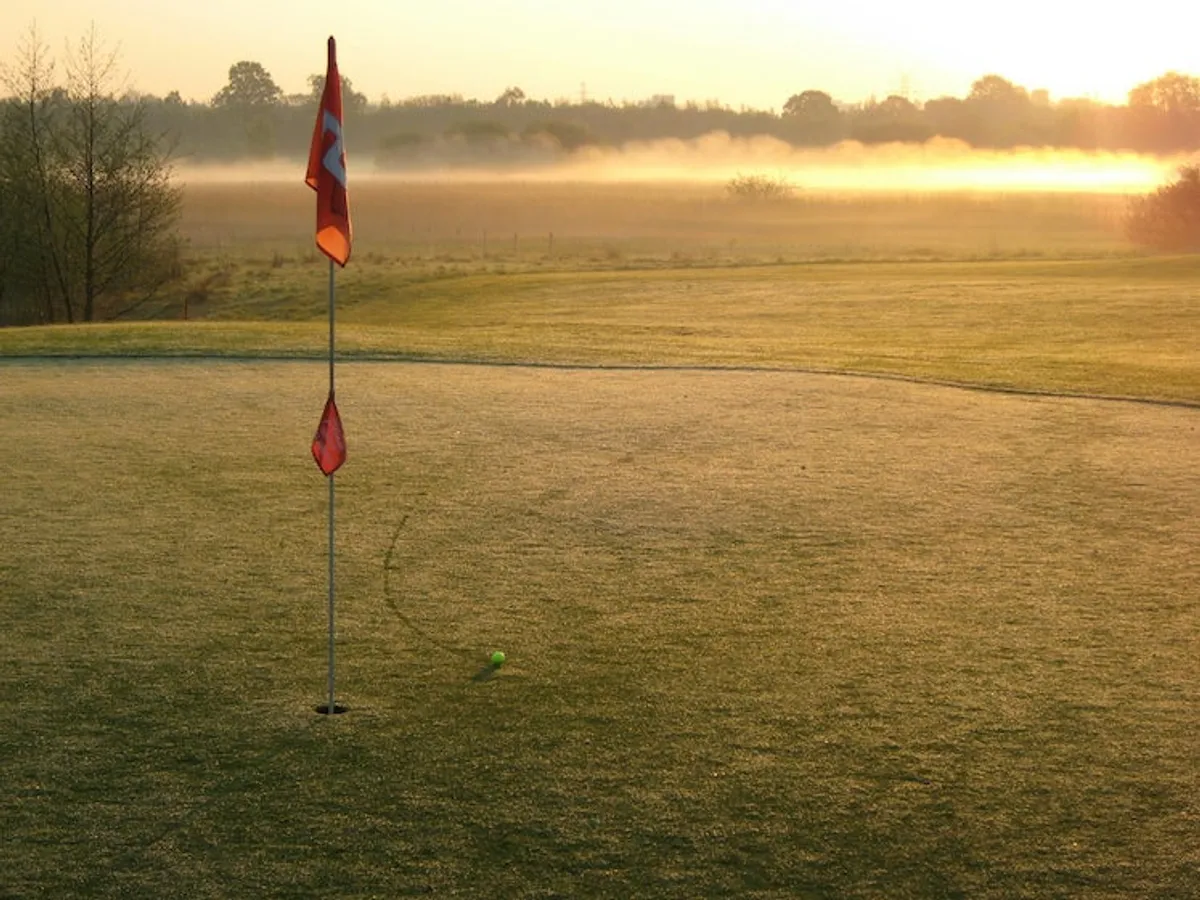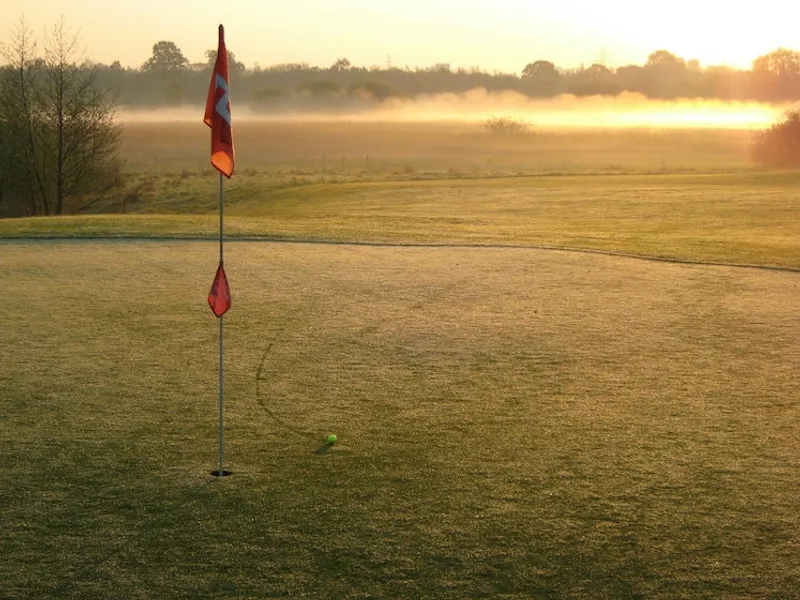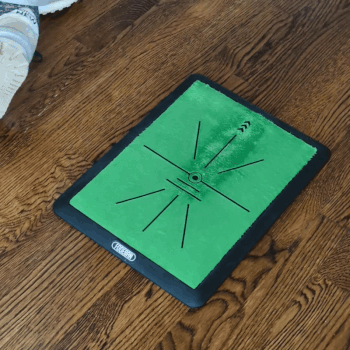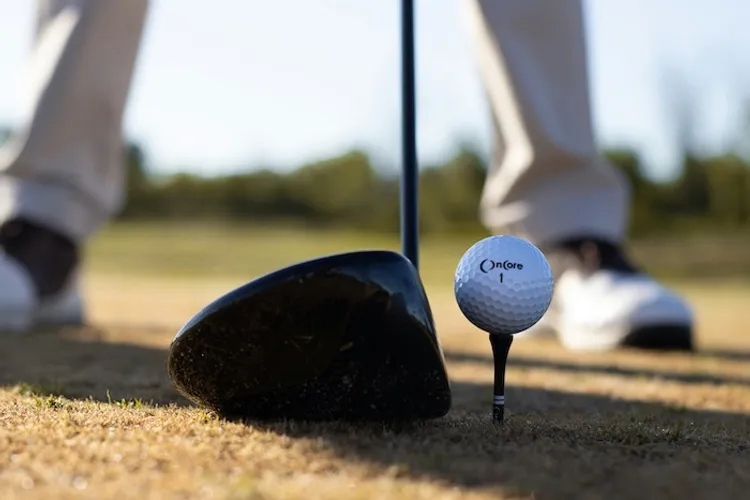The 3 wood is both appealing and challenging, often leading golfers to wrestle with inconsistent contact and difficulty generating the right launch angle. Its versatility makes it an excellent option both off the tee and from the fairway, yet mishits can derail the best intentions and leave you lacking confidence in this critical area of your bag.
This guide focuses on the essential elements of 3 wood success: a refined setup, adaptable swing mechanics tailored to different conditions, and practice routines that build consistency over time. By honing just a few key fundamentals, you can turn this elusive club into a dependable ally on the course.
Getting the Setup Right for a 3 Wood
Stance
A stable stance lays the groundwork for a controlled, confident 3 wood swing. Standing with your feet about shoulder-width apart creates a balanced platform that supports a smooth motion. If you are right-handed, turning your left foot slightly inward can help align your entire body with the intended path of the club. The goal is to feel relaxed yet firmly planted so that you can transfer weight fluidly during your swing.
Ball Position
Placing the ball just forward of center in your stance encourages the upward, sweeping strike that capitalizes on a 3 wood’s design. Some players prefer situating the ball near the inside of the lead foot to enhance this effect, but any variation should still promote contact on a shallow upswing. When positioned correctly, the ball launches more cleanly and with better height, a key factor in maximizing distance and control.
How to Fix Swing Flaws From Home Without a Coach or Expensive Gadgets
Struggling with thins, fats, slices—or just can’t tell what’s going wrong?
This swing mat shows you exactly how your club strikes the ball, giving instant visual feedback after every shot. With just a few swings, you’ll start spotting mistakes in your swing path that are otherwise invisible.
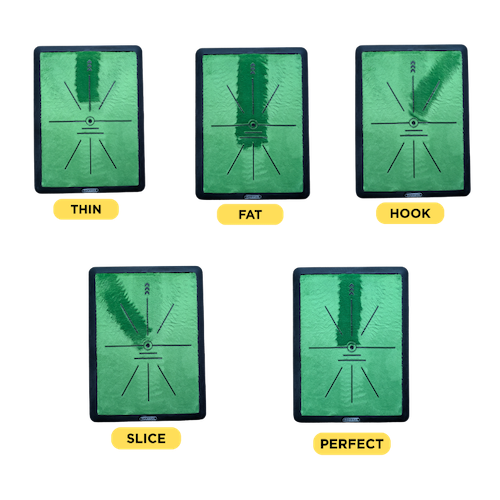
It’s a quick, low-hassle way to connect what you feel in your body with what’s really happening at impact.
Use it indoors or out, no ball required—just swing and learn. It’s one of the fastest ways to improve your swing right from home.
Body Alignment and Weight Distribution
Parallel alignment—from feet to hips to shoulders—helps channel your swing down a clear path toward the target. Starting with your weight evenly distributed allows for a natural shift onto your lead side as you begin your takeaway. This balanced setup nurtures a smooth progression through impact and prevents the tendency to hang back, a common cause of low shots or inconsistent contact. Staying centered and stable gives you the platform you need for reliable strikes.
Refining Your Setup
Once your stance, ball position, and overall alignment are in place, take a moment to confirm every piece is working together. Visualize a straight connection from your shoulders through your hips and down to your feet, all pointing in your intended direction. Feel your weight settling into both feet without drifting excessively toward your toes or your heels. By checking these details before every shot, you reinforce a consistent routine that will carry over seamlessly from the range to the course.
Mastering Swing Techniques for Different Situations
Hitting a 3 Wood Off the Tee
When teeing off, the 3 wood can provide a balanced combination of distance and accuracy. The key is to tee the ball at a moderate height so that only a portion of it extends above the top line of your clubface. This placement prevents overly steep contact while still allowing for a smooth, ascending strike.
Positioning the ball slightly forward in your stance adds to this upward motion, as the low point of your swing will naturally fall just behind it. Maintaining a relaxed base while you swing, feeling your weight shift gently from your trail foot to your lead foot, ensures that you catch the ball on a controlled upward path. One common trap is setting the ball too high or too far back. Either mistake can force an awkward swing plane that leads to erratic ball flight. By observing how each tee placement affects contact, you can zero in on the precise spot that delivers a confident tee shot.
Hitting a 3 Wood from the Deck
Fairway lies demand a slight change in ball position and emphasis compared with a teed shot. Moving the ball closer to center—or just a hair behind center—promotes a subtle downward brush at impact, which is vital for crisp contact. The turf beneath the ball poses a different challenge than a tee, so letting your swing’s low point occur just after the ball helps prevent hitting too far behind it or trying to scoop it into the air.
A controlled takeaway is essential, with the clubhead remaining relatively low during the early phase of the swing. Keeping your shoulders and hips aligned down the target line and staying relaxed with your hands help preserve the natural loft of the club. This approach discourages the tendency to lift the ball artificially, a habit that often results in thin or bladed shots. If you catch yourself making an upward swipe more suited to a teed ball, move the ball marginally back in your stance and focus on striking down at impact so you can let the club’s design elevate the shot.
Building Consistency Through Practice and Troubleshooting
Focused practice is the backbone of reliable 3 wood performance. By devoting time to deliberate drills and honing your ability to self-diagnose swing issues, you can turn the 3 wood from a doubtful choice into a confident go-to option.
Reinforcing Swing Mechanics Through Drills
Gradually ramping up your speed helps you identify how weight shifts and arm movements fit together. Practicing slow-motion swings reveals each segment of the swing sequence, allowing you to refine any rough spots. Observing your reflection in a mirror can highlight small lapses in alignment or posture and encourage you to correct them on the spot. Experimenting with half swings can also be invaluable, since it pinpoints where and when your clubface meets the ball. By paying attention to the moment of contact and then adjusting ball position, grip pressure, or stance, you develop a clear sense of how each tweak influences your shot shape and consistency.
Troubleshooting Your Swing
Tinkering thoughtfully with your technique is often the quickest route to improvement. Maintaining a simple record of common mis-hits—such as consistently striking the turf behind the ball or pushing shots to one side—can guide you toward the parts of the setup or swing path that need the most care. Focus on a single correction at a time, and allow repetition to transform the change into muscle memory.
Small adjustments, such as ensuring your shoulders aren’t opening too soon or your grip isn’t too tight, can yield immediate improvements. If off-center hits persist, returning to a slow-motion or half-swing practice can help you pinpoint whether the clubface is misaligned at impact. Being persistent with purposeful drills and open to rechecking the fundamentals allows you to refine your approach with every practice session.
Conclusion
With the 3 wood, setting up for success is all about securing a balanced stance, positioning the ball correctly, and staying aligned toward your target so that weight can shift naturally through impact. These setup elements lead to a smooth upward motion off the tee and a gentle downward brush in fairway play, giving you the consistent contact you need for confident results.
Deliberate practice reinforces these mechanics. Slow-motion swings, mirror-feedback drills, and thoughtful troubleshooting bring awareness to each detail of your swing. By concentrating on this foundation, you can turn your 3 wood into a reliable club that feels just as comfortable off the deck as it does in front of a tee.
